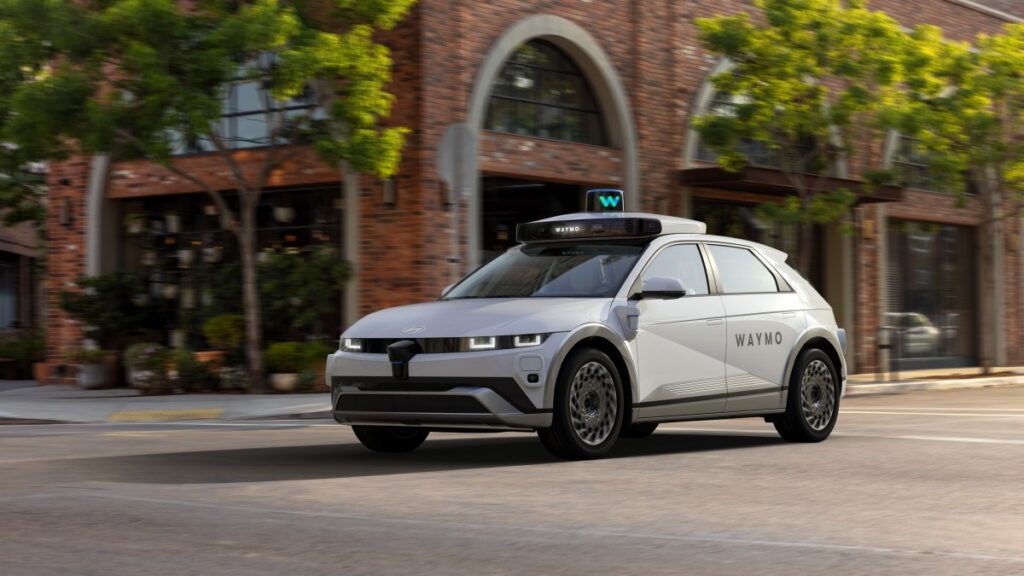Waymo has reached an agreement with Hyundai to bring the IONIQ 5 EV to its robotaxi network, adding another autonomous vehicle option as it expands its business.
The autonomous vehicle company announced Friday that it hopes to begin road testing a Waymo-equipped IONIQ 5 in late 2025, and that the AV will be available to drivers “in the coming years.” Waymo spokesman Chris Bonelli declined to share financial aspects of the deal.
Hyundai will build the IONIQ 5 at the factory that is about to open in Georgia, and Waymo will then integrate its autonomous vehicle technology into vehicles at a separate location. Waymo said it expects to produce a “significant volume” of autonomous IONIQ 5s with Hyundai. Bonelli declined to say how many that means and said the IONIQ 5 does not directly replace any of the vehicles it currently uses or plans to use.
The addition of the IONIQ 5 to Waymo’s fleet will help the company address the turnover of vehicles it uses in its growing robotaxi network. While it started with Chrysler Pacifica hybrid trucks, it has since been phasing them out. Waymo currently relies on aging Jaguar I-Pace SUVs. The company is currently testing vans designed specifically for autonomous use made by China’s Zeekr in San Francisco, although that vehicle could face tariff issues.
Waymo has also expanded the way people can greet its autonomous vehicles. Last month, it announced that Uber will make Waymo AVs available on its own ride-hailing network in both Austin and Atlanta next year.
The partnership with Waymo comes at a crucial time for Hyundai. It spent years and billions of dollars creating an autonomous vehicle joint venture called Motional with auto supplier Aptiv. But Aptiv walked away from Motional earlier this year, leaving Hyundai to step in and plug the financial hole. Motional has since undergone a major restructuring that led to hundreds of layoffs, and CEO Karl Iagnemma resigned in September.
A different autonomous version of its IONIQ 5 is also currently being tested with Yandex spinout Avride, which will eventually be available on Uber’s transportation network.

